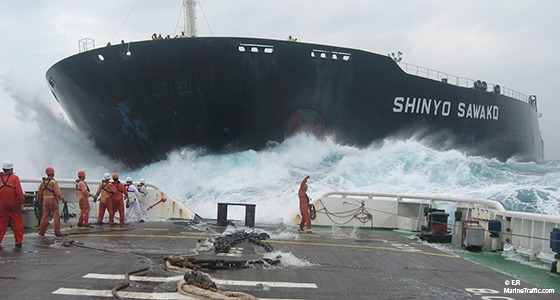
Operating a ship requires painstaking and continuous planning, training, and preparation and follow-up of procedures. When we operate a ship there is an inherent risk in everything we do , which may lead to huge disasters impacting on human life, the environment and material damage.
Most maritime incidents are covered by insurance. According to CEFOR the insurance companies covered incident cost of approximately 1,5 billion USD in 2015. The policy holders’ own share of this add up to significant sums of money. For material damage the policy holder will have to cover normally 150 000 USD per incident and 16 days off hire. A total cost of 1 million USD for an “average incident” is not too much to put into your budgets.
How can we reduce these costs?
The obvious answer is to increase the competence of the people onboard; their ability to assess risk, to avoid it if possible and to handle it should it occur is essential. When incidents occur absolute precision, perfect teamwork and split-second decisions are needed.
Modern shipping companies must ensure that their bridge personnel are safe seafarers, as well as skilled equipment operators.
In most aspects of life, we know that the only way to improve performance is by training. Loads of systematic and effective training. The maritime simulator centers offer such training for the maritime industry, they are there for you. The training focuses safe handling of critical situations requiring awareness, close interaction and responsiveness. The simulated operations are monitored and observed and the participants get feedback and proper debriefing. We can do it again and again until all participants get the good feeling of professional confident in various challenging situations. And the best of all; simulator training completely risk free!
We all know that maritime training and education increase knowledge, awareness and efficiency significantly. Yet, more and more companies choose to send staff with a bare minimum of training to work, vastly increasing the risk of incidents. Some argue that training